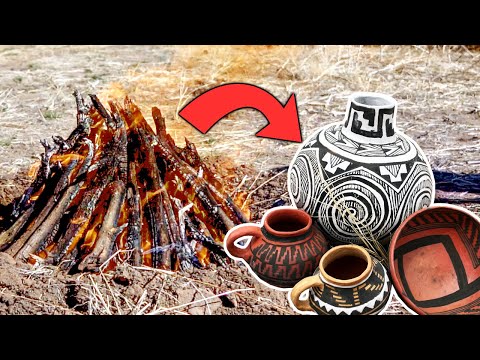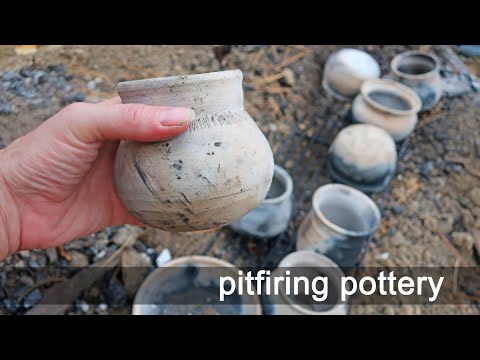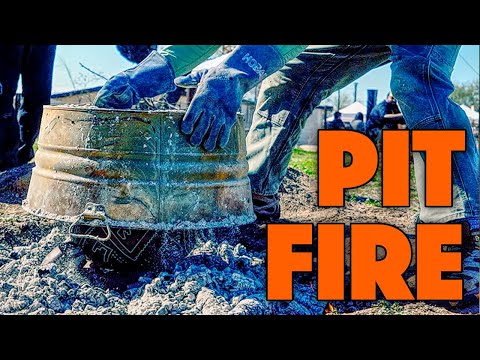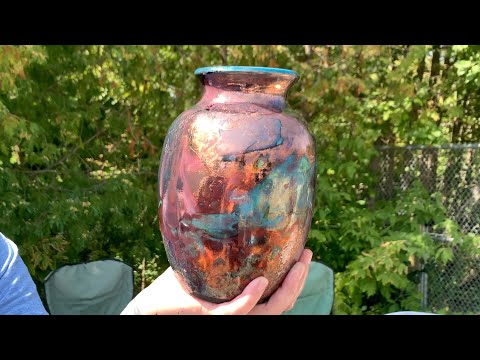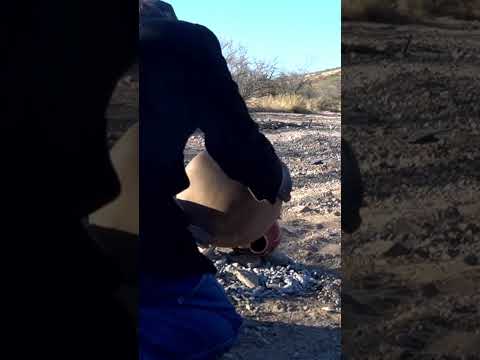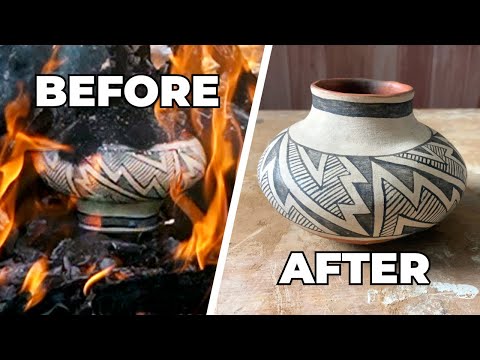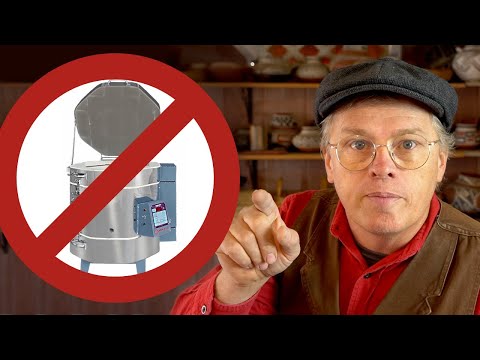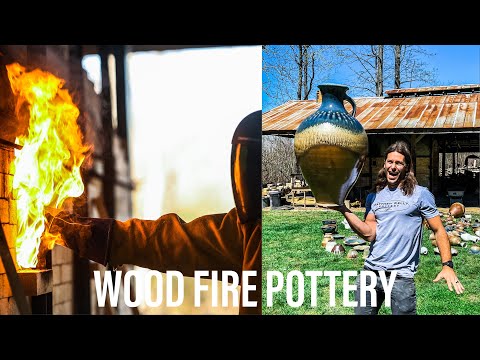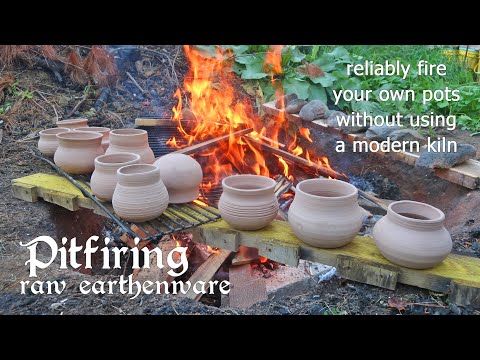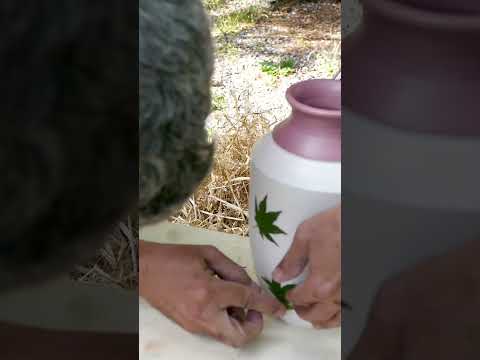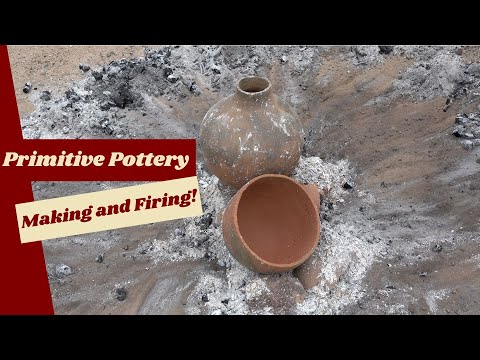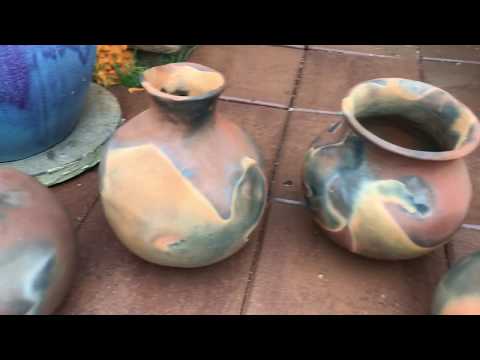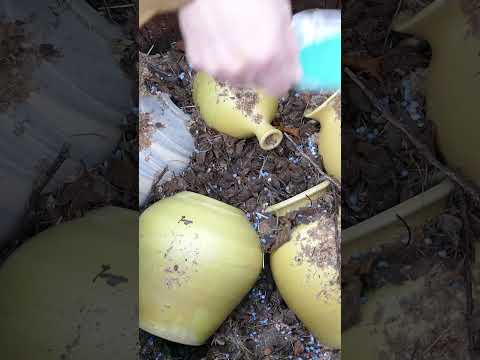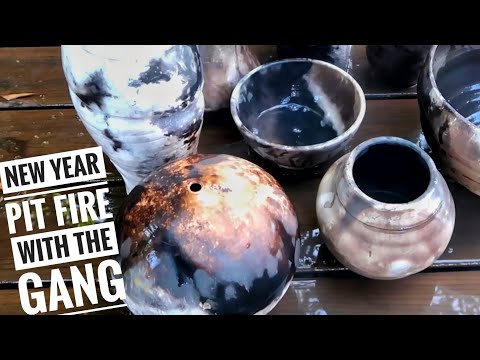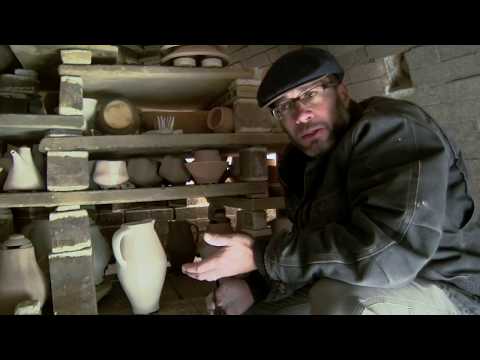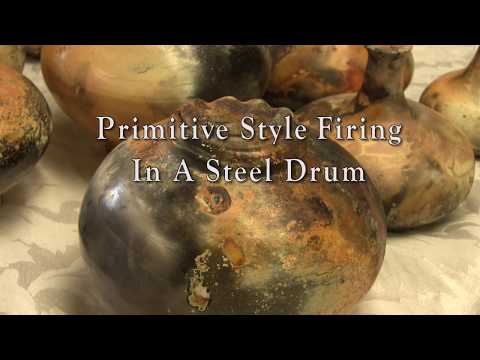Diving into traditional pottery methods like pit firing and wood firing is like stepping back in time. These methods connect us with ancient techniques and bring a raw, earthy quality to pottery. Let’s chat about these fascinating processes and sprinkle in some tips and pointers.
Pit Firing
Step 1: Preparing the Pit
- Tip: Dig a pit in the ground or use a large metal container. The size depends on how much pottery you’re firing.
Step 2: Arranging the Pottery
- Pointer: Place your bisque-fired pottery in the pit. You can add materials like sawdust, leaves, or seaweed for color effects.
Step 3: Firing
- Tip: Cover the pottery with wood and ignite. The fire should be kept going for several hours for a thorough firing.
Step 4: Cooling and Revealing
- Pointer: Let the pit cool overnight. Unearthing your pottery the next day feels like discovering buried treasure!
Wood Firing
Step 1: Kiln Loading
- Tip: Wood firing uses a special type of kiln. Stack your pieces carefully, considering the flame path and ash flow.
Step 2: The Firing Process
- Pointer: Wood firing is a long, gradual process, often taking days. It requires constant attention to maintain the temperature.
Step 3: Cooling
- Tip: Like other firing methods, allow the kiln to cool slowly. This is crucial for the stability of your pieces.
Step 4: Unloading
- Pointer: Unloading a wood kiln is exciting. You’ll find unique markings from the ash and flame interaction.
Other Traditional Methods
Smoke Firing
- Tip: Smoke firing in a barrel or pit can give a beautiful smoky patina to your pottery. It’s a more subdued process than pit firing.
Salt Firing
- Pointer: Salt firing, where salt is introduced at high temperatures, creates a unique glaze. It’s a tricky technique but can produce stunning, glossy surfaces.
Saggar Firing
- Tip: This involves enclosing the pottery in a container (saggar) with various combustible materials. It’s great for creating localized effects.
These traditional methods are not just about firing pottery; they’re about embracing the elements of earth, fire, and air. Each technique offers a unique connection to the past and adds distinct character to your ceramic pieces. Remember, experimentation and patience are key.

